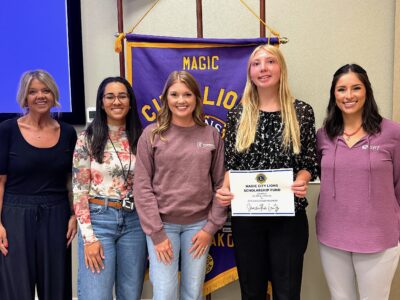Legislator seeks more help for schools in serving students with dyslexia
Having succeeded two years ago in obtaining $250,000 for dyslexia intervention services, families and their advocates in the dyslexia community are hoping to obtain at least another $250,000 to carry a 2019 pilot program through its 2023 end date.
Dyslexia is defined in state law as a neurological learning disability characterized by difficulties with accurate or fluent recognition of words and poor spelling and decoding abilities, independent of the individual’s general intelligence level.
The original $250,000 made available to schools and educational associations for pilot projects in 2109 has been allocated. Additional school districts applied for projects but couldn’t get funding, so an additional appropriation would open the door for those districts, Strinden said. Applicants must show plans for screening children at risk, enrolling children at risk in a reading program staffed by trained specialists and evaluating the effects of the program.
The University of North Dakota recently began offering coursework toward a dyslexia credential, and one specialist has been hired in the Grand Forks school district. Three other pilot projects lack that specialist.
“One of the things the three pilots have discovered is just how difficult it is to find dyslexia specialists, and that’s primarily because our institutions of higher education aren’t really offering this kind of a specialist credential,” Strinden said.
In introducing HB 1131, which directs the Department of Public Instruction to develop rules for credentialing dyslexia specialists, Strinden said, “My hope is that it really encourages institutions of higher ed to take a real hard look at offering some more specific coursework in this area.”
HB 1131 passed the House without dissent, and Strinden sees a strong chance for passage by the Senate.
As parent with a son with dyslexia, she understands the situation that students with dyslexia are in. Families must enroll their children in private services for reading assistance, and in many parts of the state, those services aren’t geographically accessible, she said.
“When you hear the same story that these families and students are going through, you start to realize there’s something very fundamentally wrong going on,” Strinden said. “Why are we needing to take our children out of our schools to teach them how to read? That’s what’s happening for a lot of students with dyslexia.”
A credentialed dyslexia specialist would not necessarily eliminate the need for private services, but that person could be a resource and would be involved in curriculum development, Strinden said.
“What happens with the families and students is that they really have to go searching out information on their own,” she said. “For the longest time our school districts, our administration, wouldn’t even recognize the term dyslexia.”
There has been a fortunate shift in that regard and also in the understanding of how reading is best taught, she added.
“I think we have turned a corner,” she said. “But when it’s your child who’s not reading in second or third grade, it’s an urgent matter, obviously. And so we really do need to to get up to speed with this sooner rather than later.”
About 15 to 20% of the population has been or could be diagnosed with dyslexia, which has different degrees of severity, Strinden said. Early education years for this population can influence views of school, self esteem, behavioral issues and rate of anxiety and depression.
“We’re not equipping these students with the tools they need to read, and I feel like if we are doing that sooner, if we’re identifying those children earlier and starting to properly remediate them and teach them how to navigate the environment that they find themselves in – in a way that’s helping them gain the skills that they need, in a way that is appropriate – I think we can avoid a lot of those very negative consequences for this population,” Strinden said.



